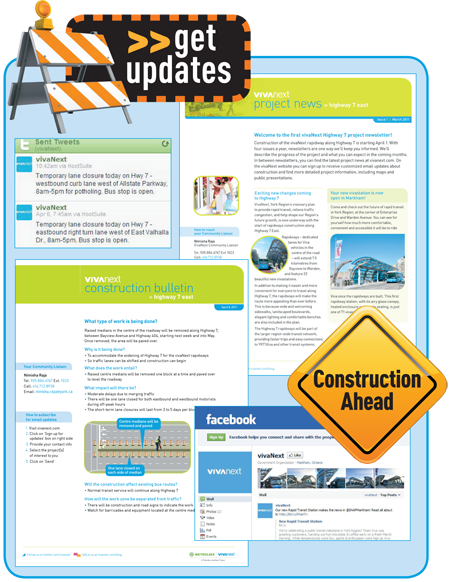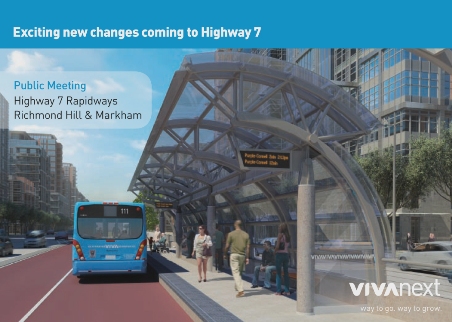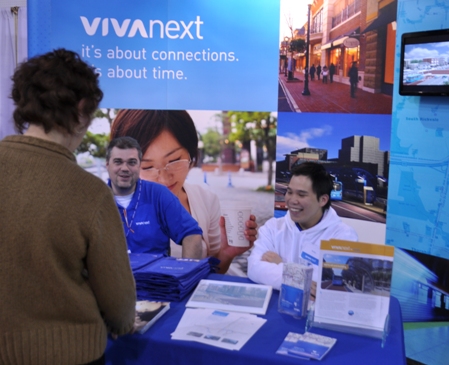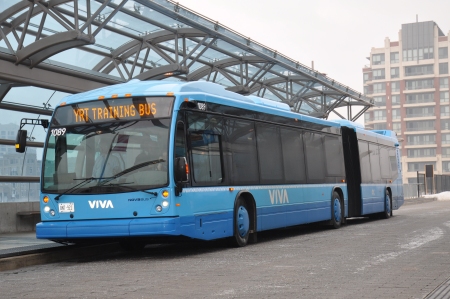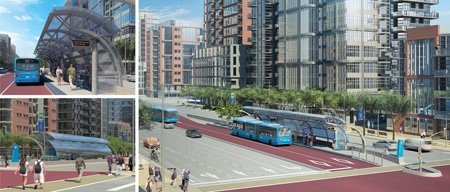 Have you ever seen colourful markings along the side of the road, little coloured flags in a fun mix of colours stuck in the ground, or official-looking painted symbols on pavement, curbs and sidewalks and wondered what they mean?
Have you ever seen colourful markings along the side of the road, little coloured flags in a fun mix of colours stuck in the ground, or official-looking painted symbols on pavement, curbs and sidewalks and wondered what they mean?
It turns out that these markers aren’t just decorative – they mean something. In North America there is an established colour code for the markers, so that construction and utility workers everywhere will know where they should, and shouldn’t, dig.
Before the utility markers are put in place, we have to get “as-built drawings” from utility companies or from municipal records. As-built drawings are detailed treasure maps leading to utility lines, and although modern drawings are computer files, pre-1980s versions are hand-drawn. Some utility lines, such as water mains, can last up to 80 years. In most towns, each utility line was installed or replaced as needed over time, with separate record-keeping for each installation. This can make for a wide variety in age and design of drawings.
Once we have the as-built drawings, we mark the locations so that workers with utility location equipment will know where to dig – this is when the coloured flags and paint markings enter the picture. The markers are especially used where the utilities aren’t in a straight line, and may also point out other utility lines near the one we’re searching for.
Now that we have a general idea of where a utility line is located, our workers bring out a hydrovac – a large, truck-mounted vacuum – to liquefy and vacuum bore a hole about a foot in diameter, downward into the soil. If we only want a small hole a few inches in diameter, test-pitting equipment is used instead. Both of these techniques are done carefully, and as we near the utility we dig cautiously by hand.
Relocating utility lines involves investigating a proposed location with digging equipment, and following local government utility planning guidelines. Utility lines are upgraded before being moved to their new location, and new as-built drawings showing the location, depth and width of each utility are created for future reference.
People locate utility lines before they start all kinds of projects – everything from digging a hole for a sprinkler system in your yard to excavating for a big project. Our rapidway projects include widening roads so they definitely classify as big projects, and all of them will include moving some utility lines farther back from the road.
We’re relocating utilities along Highway 7 in Markham right now. If you’re interested in seeing where our projects will be in your neighbourhood, check out our system map, or sign up for construction updates if you’re interested in knowing what’s happening every step of the way.


